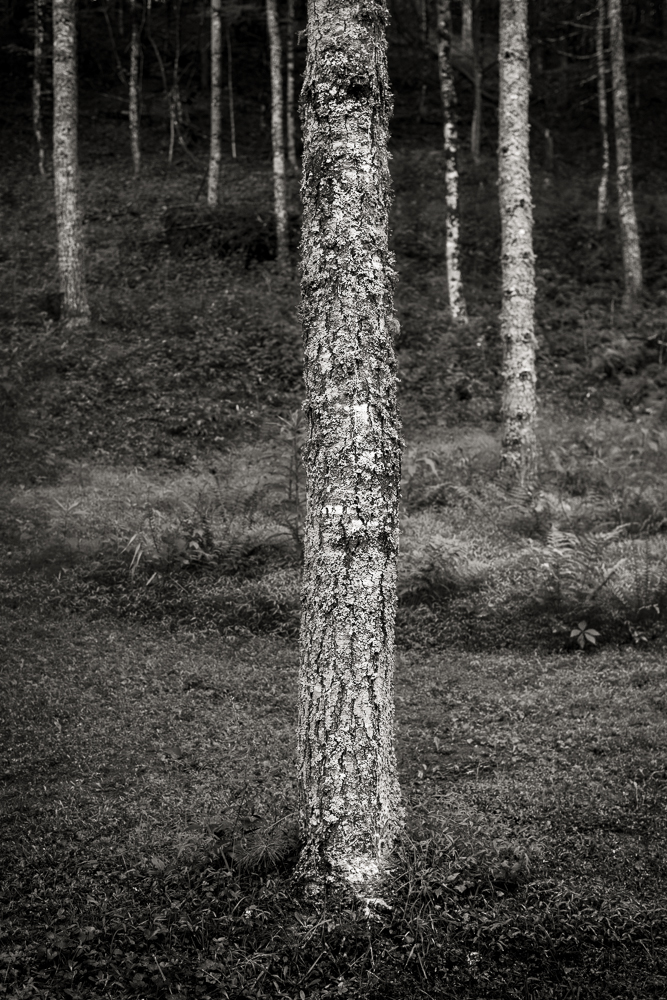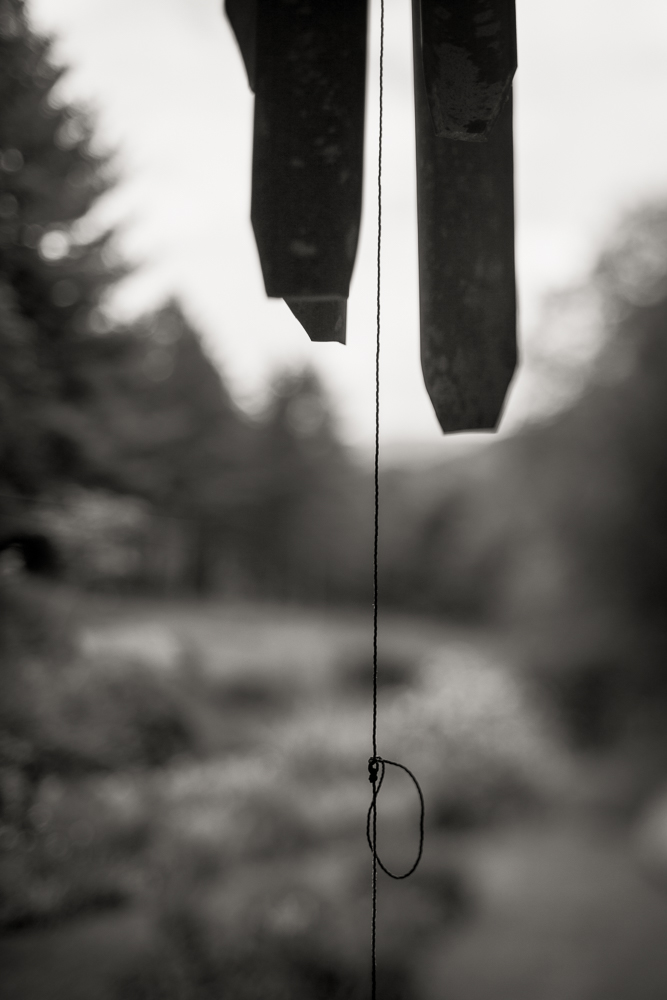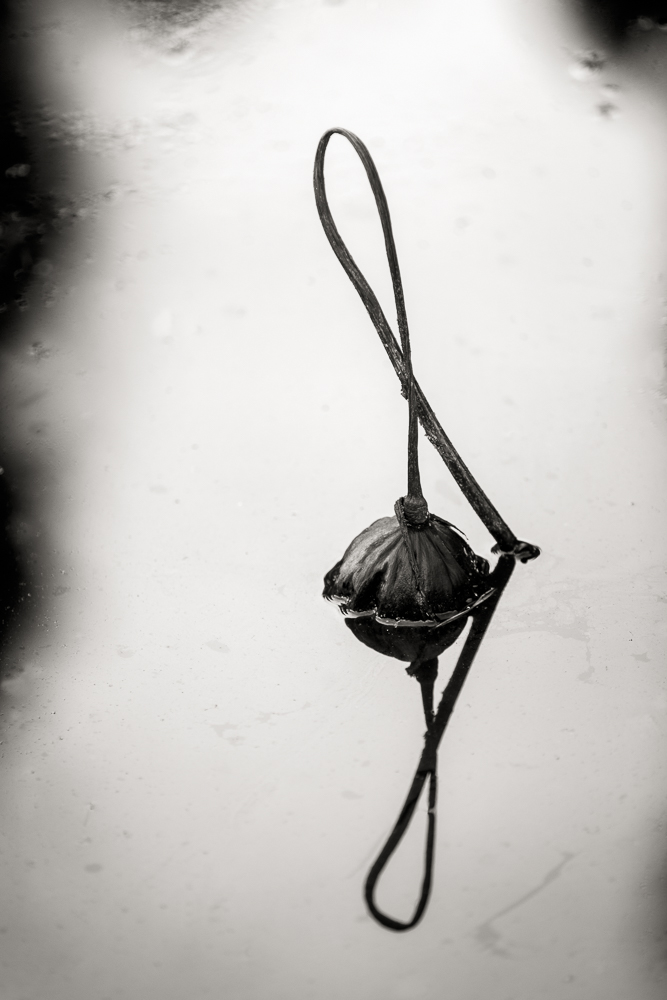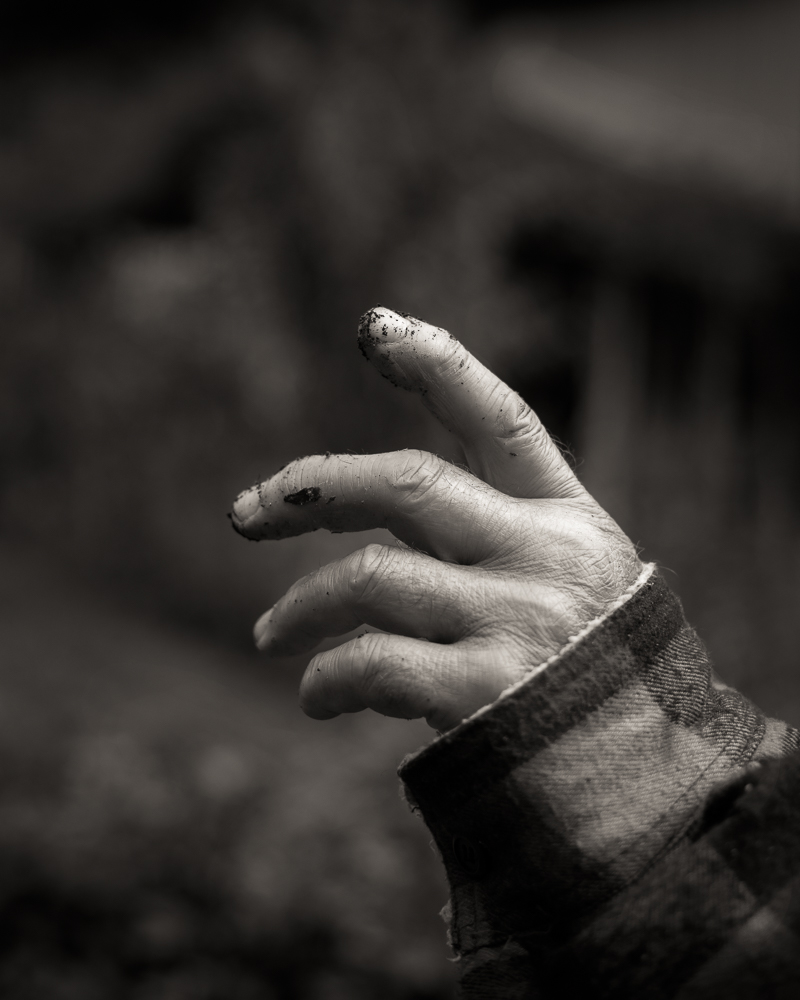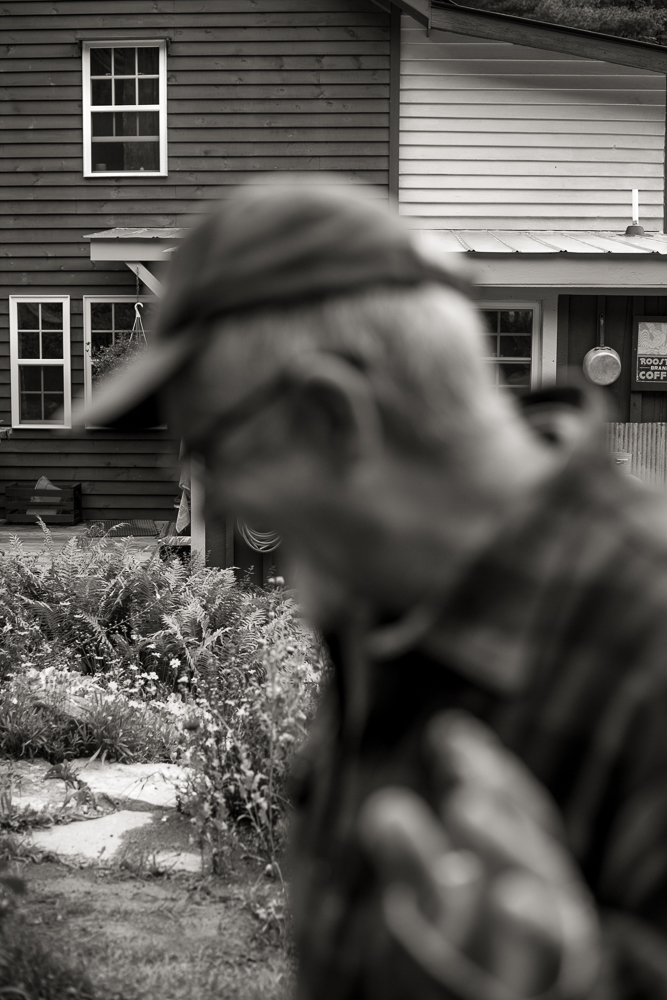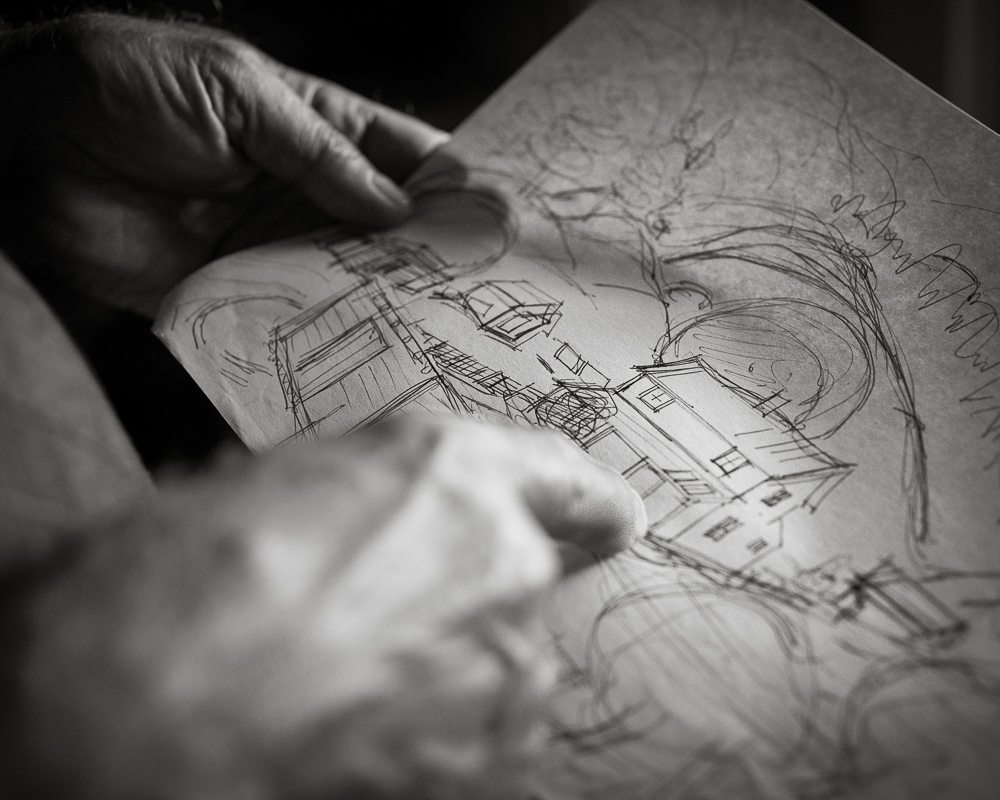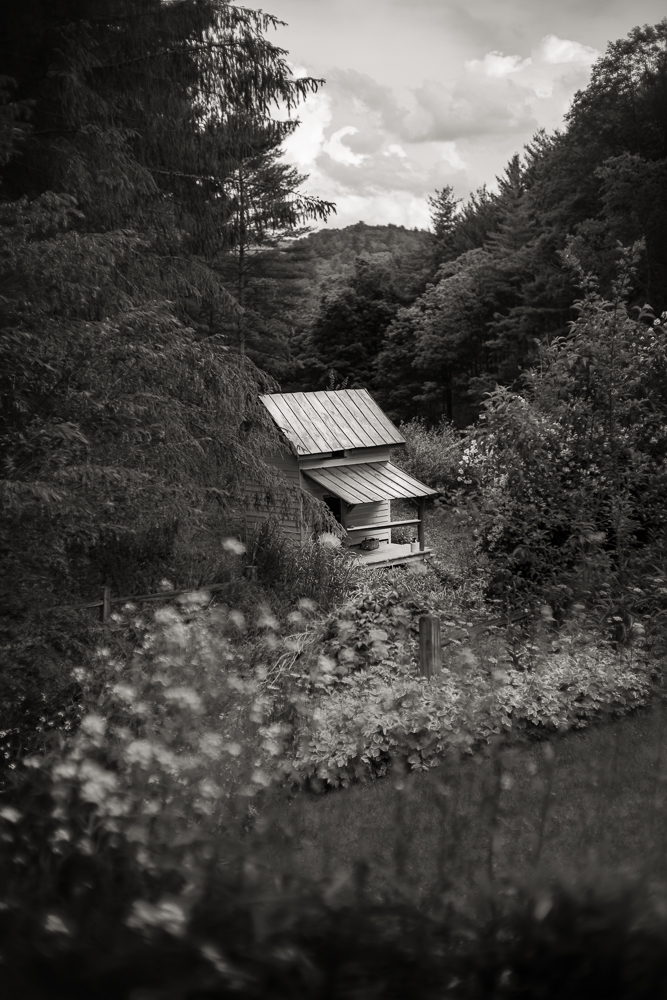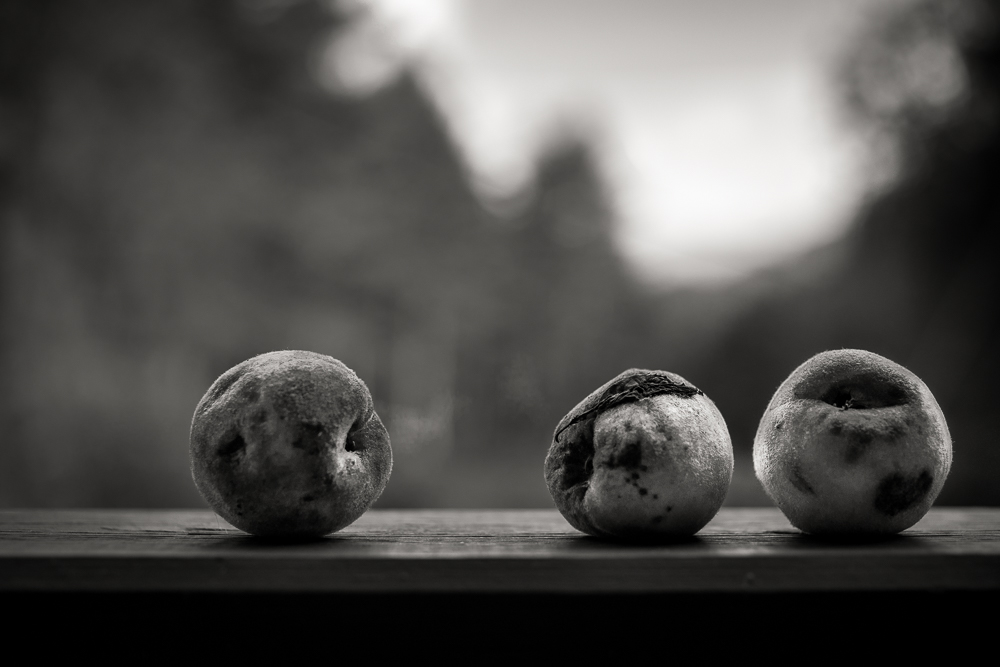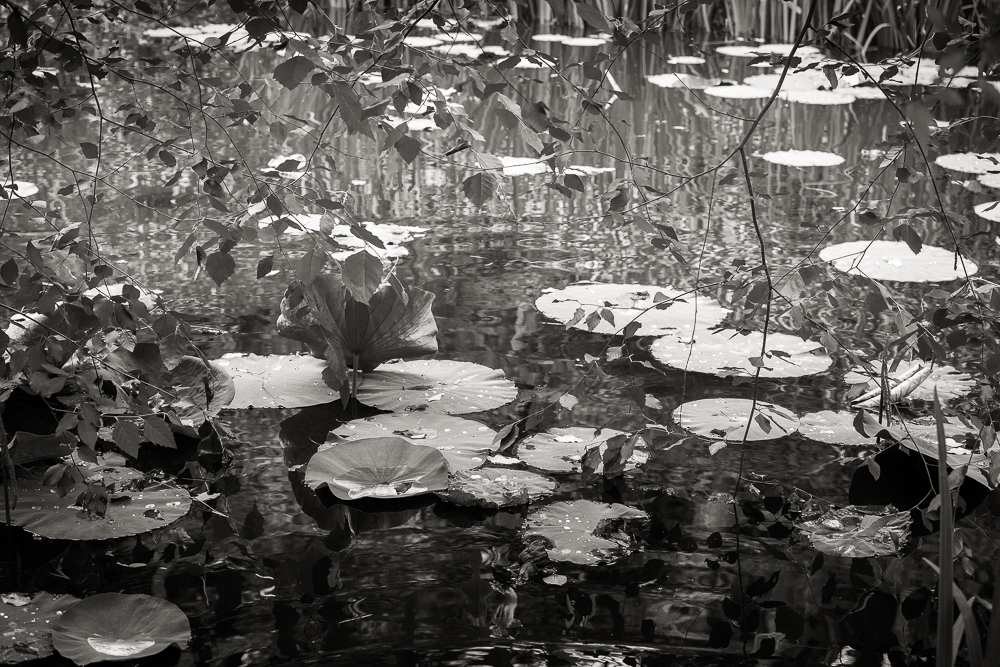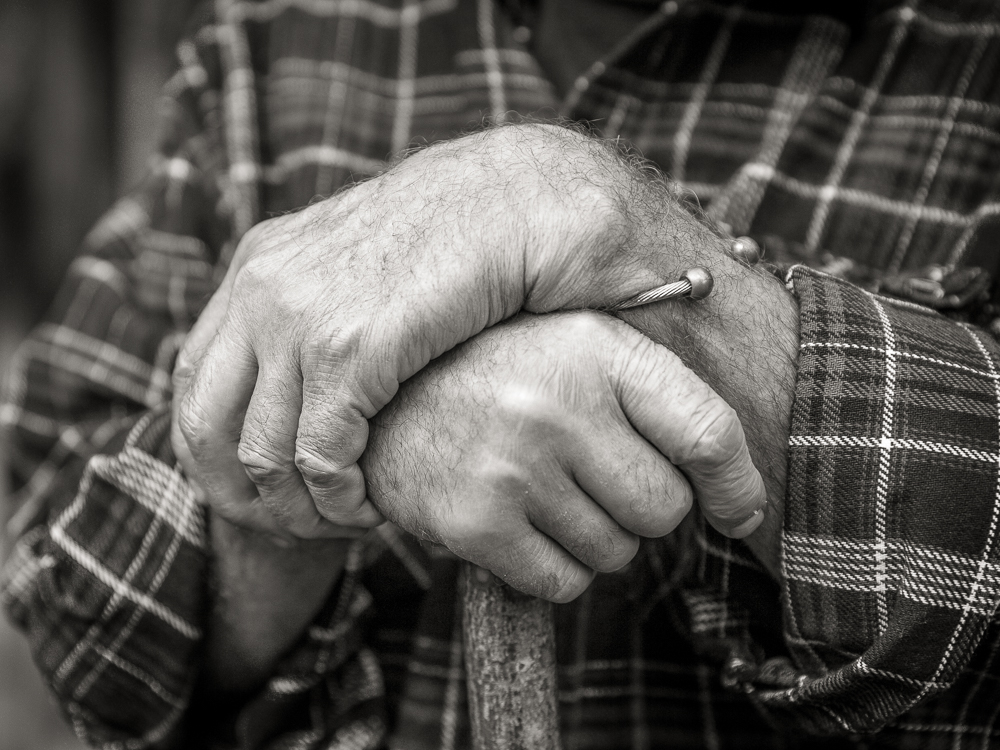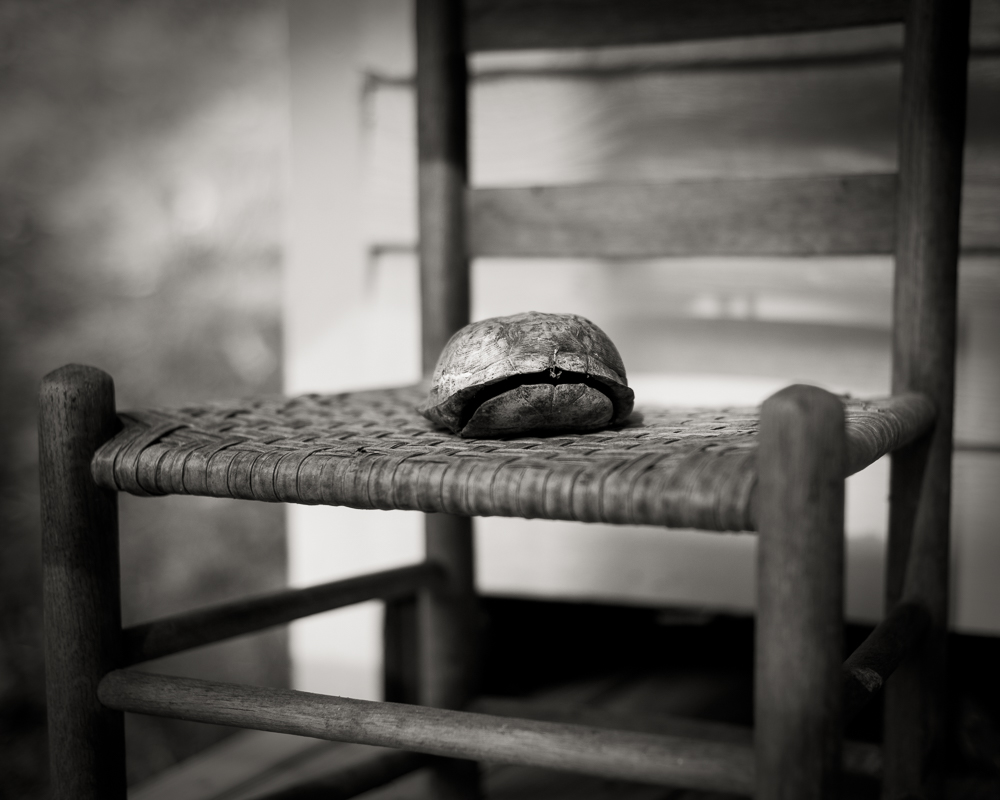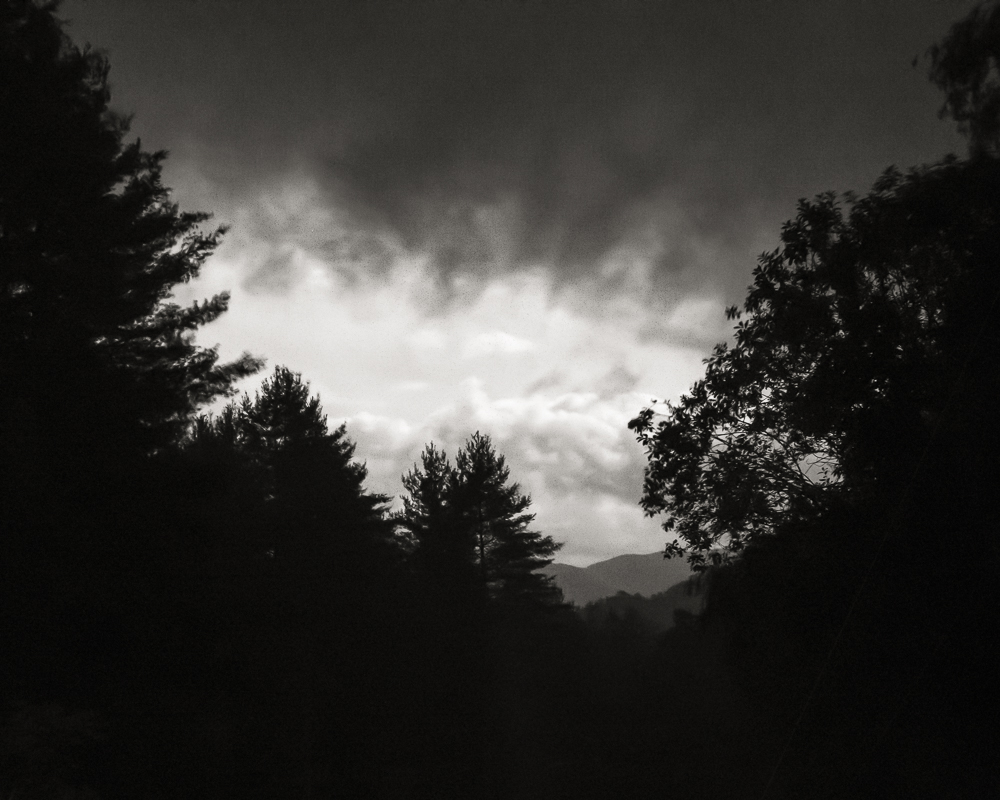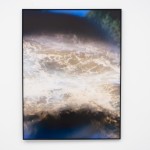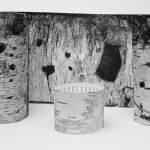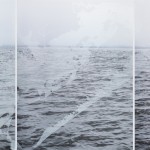Bill Mauzy: The Hollow
I met Bill Mauzy and first saw his photographs at a workshop we took together last summer. I was immediately drawn to his lyrical work that seemed to be such a perfect manifestation of his personality: thoughtful, quiet, and sensitive. They say you should photograph what you know and Bill does that, with equal parts confidence and vulnerability. It wasn’t until a year later that I happened upon the series we are featuring here today. The Hollow not only exudes the qualities that I came to appreciate in all of Bill’s work, but adds another that I had not yet noticed: tenderness. The care and reverence that he shows his subject—a man named Norman and his land—is quite touching. Bill describes Norman as a friend and mentor and says he is the one who gave him the idea that one could live a creative life.
If you are in Virginia, you can see Bill’s work at the following exhibitions:
Solo Exhibition: Small Graces
Venue: Batten Institute, University of Virginia
Group Exhibition: National Juried Photography Exhibition
Venue: Academy Center of the Arts, Lynchburg, VA
Solo Exhibition: The Cicada’s Cry
Venue: Chroma Projects Gallery, Charlottesville, Virginia
Opening: Friday, October 5, 2018, 5:30 p.m.- 8:00 p.m.
Bill Mauzy is a photographer working from Crozet, Virginia in the foothills of the Blueridge Mountains. He enjoys photographing subtleties of light, texture, and impermanence he finds in natural and man-made environments. Growing up in the Shenandoah Valley, Bill learned to love its pastoral landscapes and the rugged mountains that surround. He began a focused exploration of landscape photography in the early 90’s. The essential subjects of his work are impermanence, transitions, traces, and quietude. Bill earned a master’s degree in landscape architecture in 2006 and practices in Charlottesville, VA, where he focuses on thoughtful site planning and garden making.
The Hollow
The central Appalachians are scored by narrow river valleys that sustain the people who inhabit the region and bind them to the geography in a elemental way. When the human population of these mountain valleys reached a high point in the early 1900’s, many where pushed up into the hollows to scratch out a living in the hardscrabble terrain. Following World War II the valley farming populations dwindled, giving way to easier life in the urban centers. The hollows emptied. In most hollows only the mouldering detritus of mountain life was left behind. However, in a certain hollow on the eastern flank of the region my friend Norman has found purchase in the rocky soils, a muse in the high ground.
I’ve photographed Norman and his home place intermittently for roughly a dozen years. In 2015, I resolved to make an intensive study of Norman and the mountain poet’s garden he has created. The resulting photos, a series I call The Hollow, explore the garden and the way Norman has come to dwell with the land. One of my primary goals for The Hollow is to frame certain fundamental questions: How might a person live simply, in partnership with the land? How does a life on the land shape a person? Is there spiritual dimension to the sustenance that the land offers? It’s my hope that these images of Norman’s garden serve as a testament to the meaning of place for those who live close to the land. –Bill Mauzy
Posts on Lenscratch may not be reproduced without the permission of the Lenscratch staff and the photographer.
Recommended
-
Paccarik Orue: El MuquiDecember 9th, 2025
-
Jackie Mulder: Thought TrailsNovember 18th, 2025
-
Interview with Maja Daniels: Gertrud, Natural Phenomena, and Alternative TimelinesNovember 16th, 2025
-
Mara Magyarosi-Laytner: The Untended GardenOctober 8th, 2025
-
Conner Gordon: The OverlookOctober 4th, 2025



